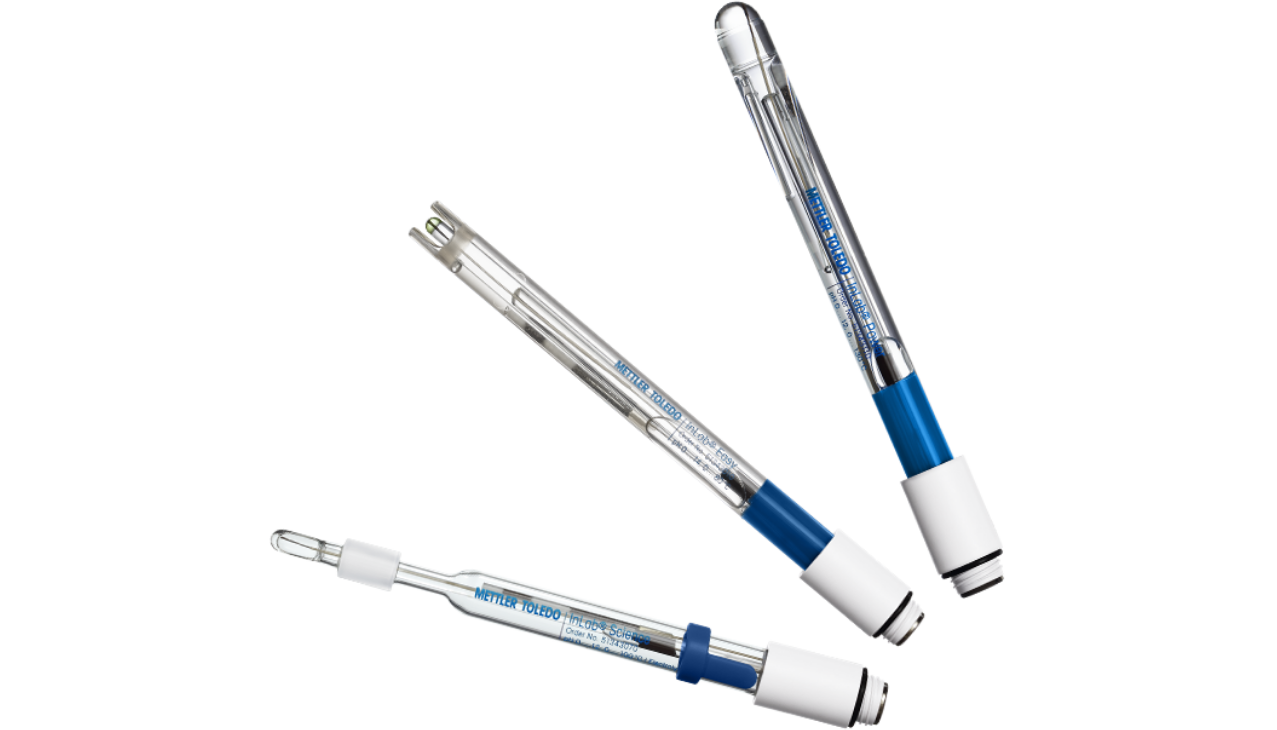
Perfecting pH: A Guide to Electrodes & Measurement
Understanding and accurately measuring pH is crucial across countless industries — from food and beverage to pharmaceuticals, wastewater treatment, education, and scientific research. Whether you're selecting your first pH electrode or looking to optimise your measurements, this guide will help you choose wisely and care for your equipment.
What Is pH?
pH is a measurement of how acidic or alkaline a solution is, based on the concentration of hydrogen ions (H⁺). The pH scale ranges from 0 (very acidic) to 14 (very alkaline), with 7 being neutral — typically pure water.
It's a vital parameter in quality control, safety, and research. But unlike basic colour-change test strips, modern pH measurement relies on electrochemical sensors for accurate and repeatable readings.

Where Is pH Measurement Used?
pH measurement plays a key role in:
- Pharmaceutical production
- Water and wastewater analysis
- Food processing (e.g. cheese, dairy, brewing)
- Cosmetic formulation
- Agriculture and soil science
- Educational laboratories
It is one of the top five most commonly measured parameters in laboratories, highlighting the need for precision tools and techniques.
How Do pH Electrodes Work?
A pH electrode measures the potential difference between two electrodes: the measuring electrode, which detects the hydrogen ion activity in your sample, and the reference electrode, which remains in a stable reference solution.
Most modern pH sensors are combined electrodes, meaning both components are housed in one body for convenience and portability. The sensor’s glass membrane allows hydrogen ions to interact with the internal solution, generating a voltage that corresponds to the pH value.

Types of Electrodes and Their Applications
Choosing the correct electrode is essential for accurate and efficient pH measurement. Here are some common types and where they excel:
1. General-Purpose Electrodes
- Ideal for aqueous samples like drinking water or simple lab buffers.
- Easy to maintain and widely compatible.
2. Food and Dairy Electrodes
- Feature robust tips and low-maintenance reference junctions.
- Designed for viscous or protein-rich materials like cheese, yoghurt, and meat.
3. Micro and Spear-Tip Electrodes
- Best for small samples or semi-solid substances.
- Commonly used in biomedical and food applications.
4. Flat-Surface Electrodes
- Useful for surface testing or when cleaning between samples is critical.
- Suitable for skin, paper, or agar plates.
5. High Alkaline or High Temperature Electrodes
- Built for challenging industrial or chemical environments.
- Resistant to degradation in extreme conditions.
6. Non-Aqueous and Solvent-Compatible Electrodes
- Tailored for use with organic solvents or oils.
- Prevents junction clogging and extends sensor life.

Choosing the Right Electrode for Your Sample
When selecting a pH electrode, consider:
- Sample viscosity (e.g. water vs lotion)
- Solid or liquid form
- Temperature range
- Chemical composition (buffers vs acids vs solvents)
- Sample volume (small volumes need microelectrodes)
- Maintenance preferences (refillable vs gel-filled)
A mismatch can lead to inconsistent or delayed readings, or damage to the electrode itself.
Caring for Your pH Electrode
Proper electrode maintenance is key to reliable and long-lasting performance. Here’s how to take care of your investment:
🌡️ Storage
- Always store your electrode in electrode storage solution, not water, to prevent dehydration of the sensitive glass membrane.
🧴 Cleaning
- Use suitable cleaning solutions based on your sample type — protein, grease, or general residues.
- Avoid wiping the glass bulb with tissues as this can generate static or scratch the surface.
🧪 Calibration
- Calibrate regularly using fresh, high-quality pH buffer solutions (e.g. pH 4.01, 7.00, and 10.00).
- At a minimum, perform a two-point calibration before measurements.
💧 Refilling (if applicable)
- For refillable electrodes, top up the reference electrolyte as needed.
- Check the fill hole is open during use to ensure proper pressure equalisation.
🔍 Troubleshooting Tips
- If readings are slow or unstable:
- Inspect the junction for clogs
- Check electrolyte level
- Recalibrate or replace the electrode if necessary
As discussed in our recent Alpha Insights Webinar, if a stable reading takes longer than two minutes without interference (like stirring or temperature change), you may need a different electrode type or a replacement.

Final Thoughts
The accuracy of your pH measurements depends as much on selecting the correct electrode as it does on how you use and maintain it. Investing in the right sensor for your sample type will save time, improve reproducibility, and protect your overall process.
If you're in the market for pH meters and electrodes, or if you’re unsure which model is right for your application, the team at WolfLabs and Mettler Toledo are on hand to help.
